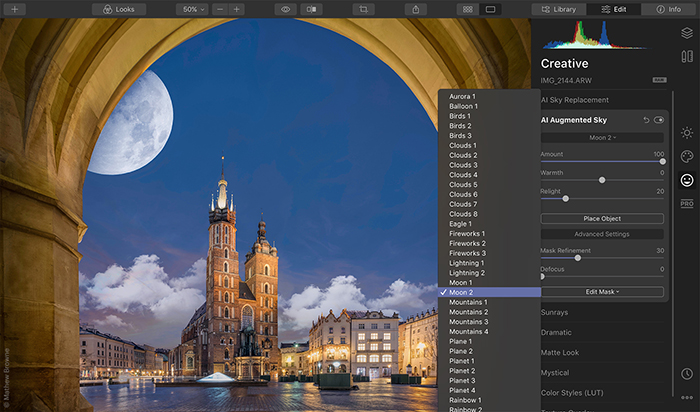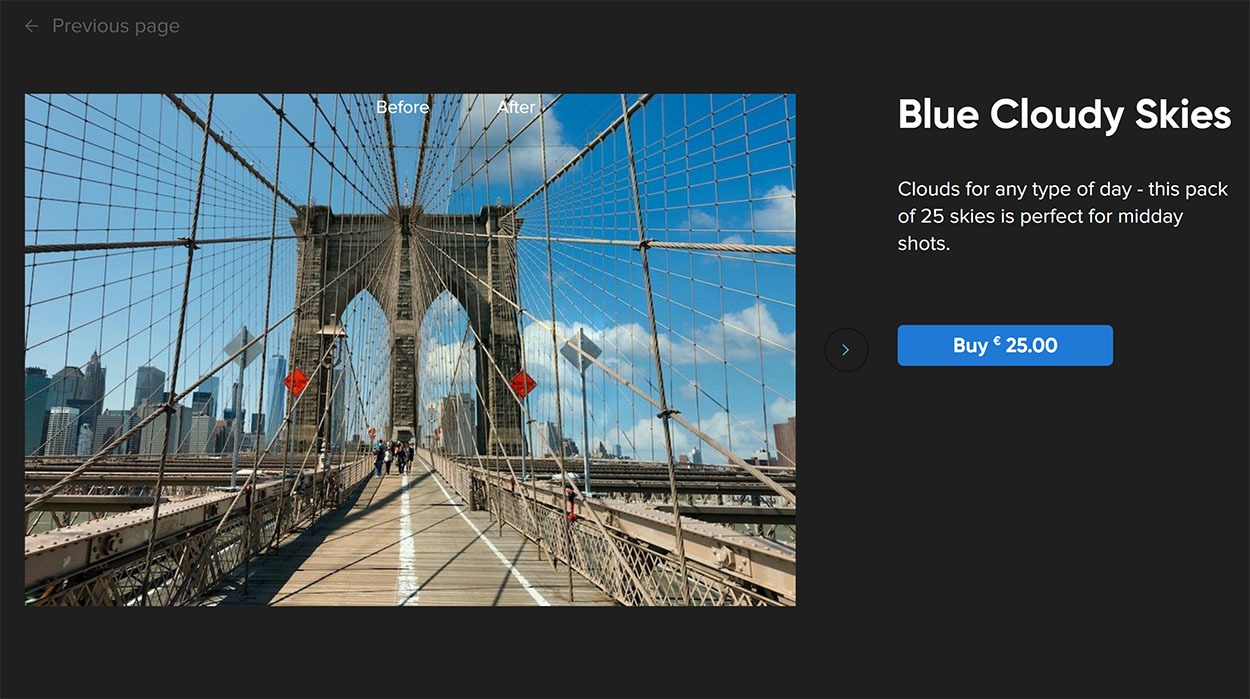
dng file into Lightroom for very minor adjustments like aberration removal. If there is another light source like the moon in an image then we will need hard shadows in the foreground and we will usually need to add contrast to the image to look correct.Īfter taking the foreground and stacking the image in Photoshop to flatten the contrast and decrease the shadows in the entirety of the image, I loaded this new.

Keep this in mind when blending foregrounds and night skies as a foreground should not be brighter than the stars or sky illuminating it. The Milky Way in this image is exposed fairly bright already near the horizon due to some light pollution and will allow the foreground of the final image to be brighter overall without looking incorrect. The light coming from the Milky Way will correlate with the side and back lighting onto the closest kiln, and in this case, most prominent subject in the frame. The sky was chosen for its vertical Milky Way and brighter core that is positioned very close to the kiln spacing in the foreground image. We also have some fantastic split lighting on the closest kiln to give the effect of a light source that is wrapping around the building slightly. With the sky being so overcast, and using this stacking method, we can create a foreground with less hard shadows on the terrain which will nearly emulate what photographing a landscape looks like with a clear and starry night sky without a moon. The foreground image is an HDR stack image of 3 images with a very overcast sky. HDR Base Images - Charcoal Kilns - Death Valley - Luminar 4

Lighting is usually the biggest giveaway that the sky was replaced in a photograph so we want to mitigate that issue as much as possible. The two separate images are from a remote area in Death Valley National Park in California at 1 o’clock in the afternoon in 2016 for the foreground, and a Milky Way image from the Bridger-Teton Mountain Range in Wyoming in 2017 for the sky replacement.

Today we will do a quick walk through of putting together a night sky image with a daytime foreground where the images together work harmoniously and allows the suspension of belief for the viewer of the image. That’s where I personally view sky replacements for developing interesting foreground images and combining them with an atmosphere that enhances the overall subject in front of you. Landscape photography is many times just as much about luck as it is about planning and when you have deadlines for specific places and times you may be having to take some more artistic license to create engaging images.


 0 kommentar(er)
0 kommentar(er)
